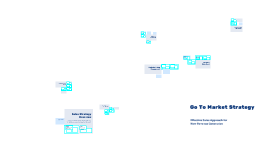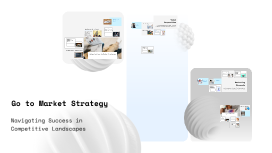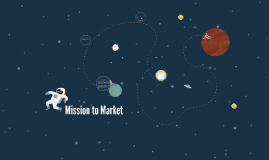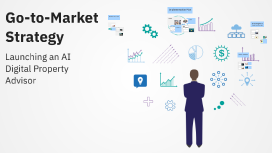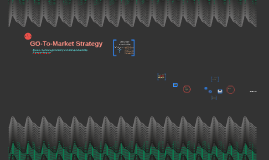Go to Market Strategy
Transcript: Analyzing the Competition Value Proposition Unique Selling Points Conducting competitive analysis helps in understanding market position and identifying gaps within the industry. It involves evaluating competitors’ strengths, weaknesses, pricing strategies, and customer feedback to develop a strategic advantage. Product Features Effective value propositions clearly articulate how a product meets customer needs, differentiating it from competitors. This section delves into the essential components that define a compelling value proposition. Unique Selling Points (USPs) are critical differentiators that set a product apart. For instance, offering superior durability or exclusive technology can capture market attention and build customer loyalty. Key product features must align with customer expectations and market needs. For example, a smartphone’s camera quality and battery life are central features that significantly influence purchase decisions. Keeping Up with Trends Benefits to Customers Identifying Your Audience Brand Messaging The benefits of a product should resonate with the target audience’s values and solve their pain points. Understanding how a product enhances convenience, safety, or productivity is key to articulating its value. Consistent and clear brand messaging reinforces a company’s value proposition. Effective messaging creates emotional connections and can increase recognition and trust with consumers, contributing to brand loyalty. Market trends keep businesses informed about shifts in consumer behavior and industry innovations. Regularly monitoring trends helps businesses adapt their strategies to meet evolving consumer demands and stay competitive. Target audience identification involves analyzing demographics, psychographics, and behavioral traits to define ideal customer profiles. Knowing who your customers are allows for tailored marketing strategies that resonate with their specific needs and preferences. Assessing Strengths and Weaknesses SWOT analysis identifies strengths, weaknesses, opportunities, and threats, providing a comprehensive view of a business's position. This framework aids in strategic planning to leverage strengths and mitigate threats in the marketplace. Market Positioning Understanding Customer Needs Market positioning defines how a product is perceived relative to competitors. Effective positioning involves emphasizing core values that align with the desires of the target demographic, creating a clear brand identity. Understanding the Market Landscape Customer needs and behavior assessment utilize surveys, interviews, and analytics to gather insights on preferences. Recognizing these needs enables businesses to develop products and services that align with customer expectations, driving satisfaction and loyalty. Market research serves as the foundation for a successful go-to-market strategy, offering insights into target audiences, competitors, and industry trends. This section delves into critical components of market research that guide strategic decision-making. Direct Sales Partnerships and Collaborations Direct sales involve selling products directly to consumers, bypassing middlemen. This channel can leverage personalized sales tactics and foster direct customer relationships, allowing for greater feedback and tailored marketing approaches based on consumer preferences. Strategic partnerships can amplify marketing efforts by leveraging each other's strengths. Collaborations with influencers or other brands create synergy, allowing for shared audiences and enhanced credibility, ultimately leading to increased customer acquisition. Traditional Advertising Social Media Strategies Traditional advertising includes tactics like print ads, radio spots, and TV commercials, which remain effective for certain demographics. It provides broader reach, especially among audiences less engaged online, establishing brand credibility across established media. Utilizing platforms like Facebook, Instagram, and LinkedIn, businesses can cultivate engagement through authentic interaction and targeted ads. Social media strategies can elevate brand awareness and customer loyalty, contributing significantly to an effective marketing plan. Marketing Channels Digital Marketing Effective marketing channels are crucial for reaching target audiences and delivering value propositions. A strategic mix of digital and traditional approaches, coupled with strong partnerships, ensures a comprehensive market presence. Digital marketing encompasses online strategies like SEO, email campaigns, and PPC advertising that target consumers where they spend a majority of their time—online. It allows for precise audience targeting and measurable outcomes, driving higher engagement rates and conversions. Go to Market Strategy Timeline and Milestones Define major phases of the project with clear deadlines. Incorporating milestones helps monitor progress and allows timely adjustments to the strategy to






